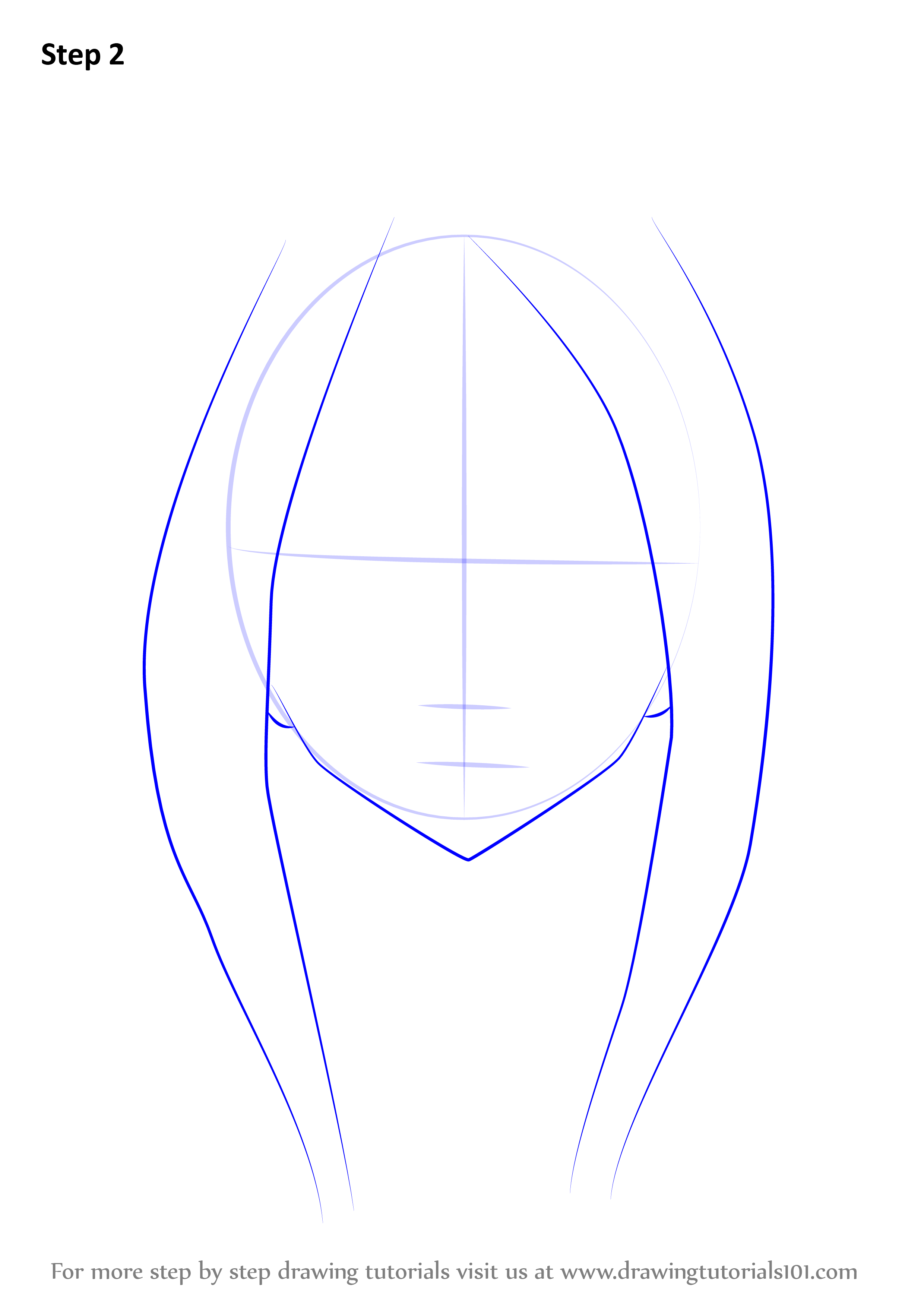Step 3: Once you have defined the behaviors to increase, rewards, and consequences, now is the time to ascribe value to each behavior. For example, you may decide that “John will follow directions from his parents the first time they are given, and within 2 minutes” is worth 1 point. Jonathan Tarbox, Doreen Granpeesheh, in Evidence-Based Treatment for Children with Autism, 2014. Behavioral Skills Training. Behavioral Skills Training (BST) is a treatment package consisting of multiple treatment components that has been proven to be effective for training a wide variety of skills, simple and complex, in people in a wide variety of populations, including children and adults. The training starts with the last step of the sequence. It only moves to the next step once the last step has been successfully trained. If you wish to read more on Chaining Methods (step-by-step examples) please, check my post: Teaching Life Skills in Special Education: Chaining. Prompting Strategies. Executive function is the ability to organize behavior, plan things sequentially, hold attention on a task and follow it. The study, published in the Journal of Applied School Psychology, showed that mindfulness improved executive function in the children, particularly those who.

Dialectical Behavior Therapy (DBT) is one of the fastest growing approaches — because it works! It harnesses the power of CBT and mindfulness in a strategic way that gets results.
And now you can learn how to share and adapt the evidence-based DBT model for children and adolescents in practical and engaging ways — tailored to their unique developmental needs.
'DBT Made Simple' is an incredibly useful book that distills key elements of DBT into a clear, concise, and practical guide. Illuminating clinical examples bring to life several DBT strategies and principles, and practitioners will appreciate the many useful forms and handouts provided in this book.
Join DBT expert Jean Eich, Psy.D, LP, to discover how DBT can help the kids you work with manage out of control behaviors and emotional regulation deficits that can often be associated with ADHD, attachment disorder, ODD, eating disorders, anxiety, depression, substance abuse and more...
You'll get step by step instruction on how to use mindfulness strategies and techniques that will help young clients observe and identify moments of distress, master skills to manage their emotions and behaviors, and develop communication strategies to talk about how they're feeling so they can maintain healthy, positive relationships.


Dialectical Behavioral Therapy Workbook Pdf

Step By Step 22dialectical Behavioral Training Programs
This course will help make even your most challenging child and adolescent clients easier to treat by showing you step by step how you can use DBT in a fluid and flexible way specific to your clients — so you can help transform treatment outcomes and improve the health, well-being and happiness of today's youth.